Language Plan for Whānau
Create a language plan to increase the use of te reo Māori in your home
Increasing the use of te reo Māori in the home
Make a plan - why?
When spare time, energy, expertise, reference material and events are in limited supply, planning helps you to be realistic with what you have so your small successes can feed more successes. Approach it like running a marathon rather than completing a sprint: little steps everyday are more valuable than periodic sprints because it is the “everyday” component that makes it “normal”.
Spend some time thinking about…
Your WHY? What is driving you to do this and how long might this take?
Understanding what is driving you helps you decide what activities you might undertake to achieve it. For example:
- If increased participation at the marae is driving you, then you can focus your efforts towards all the activities that take place that you can mimic in your home. You will take your whānau there as often as possible. You will learn all the waiata and kōrero associated with your marae.
- If you want your tamariki/mokopuna to have te reo Māori as their first language then age-appropriate activities and vocabulary would be your focus, along with surrounding them with as many people who already use te reo Māori, bringing as much te reo Māori into the soundscape of your kāinga.
WHO is going to drive the implementation and WHO can you co-opt in to support where needed?
Consider how you are going to get everyone in the whānau on-board – the research says that making things FUN, SAFE, and where the language is not the focus increases engagement.
WHAT are your daily habits that you can use to hook te reo Māori in?
The aim is to change English being the “default” language. The research about changing habits says you will be more successful if you use current good practices as triggers for the new practice. So consider what you normally already do as a whānau and work from there. For example:
- If every day you have breakfast/lunch/dinner together, add te reo Māori in there as a standard practice.
- Whenever you hop in the car together – before you turn on the music, use te reo Māori to decide who gets to control the music being played.
WHAT resources and support can you access and use:
- Who can you ask for guidance and support? (e.g., friends, pou reo, social media groups, language experts)
- What language course are available near you – are there any for whānau?
- What activities, sports, kaupapa can you attend in your community?
- What online resources can you use? (Try www.maorilanguageresources.nz(external link))
Creating regular te reo Māori opportunities.
Whānau can turn any activity into a reo Māori opportunity. It can be as simple as a karakia before each meal to watching reo Māori television and talking in reo Māori about it as a whānau.
Encourage all your whānau to use as much reo Māori as possible for some of the activities below. It helps to do some language research first; research waiata, kupu, whakataukī and kīwaha about an activity. The more you do the activity, the easier it will get to use te reo Māori at the same time.
Creating immersion domains, accessing immersion domains
A Māori language immersion domain isn’t just a physical place like a Kōhanga, it is also a kaupapa or a person.
The more you can flood your home with Māori language and the more you can immerse your whānau in Māori language the closer you will get to your goal. There is an abundance of resources and activities that can help with this, you just need to choose what would fit for your whānau:
Places: Marae, language classes (especially Te Ataarangi), your friend’s whānau who use Māori language as a normal language of use.
Kaupapa: Sports (especially waka ama, mau rakau, Ki ō rahi), Kapa haka, wānanga, karakia, waiata, mahi toi, watching or listening to Whakaata Māori and other Māori language programmes on tv, internet, podcasts, reading Māori language books.
Person: Identify those people in your everyday life who ALWAYS use te reo Māori from the outset and hang out where they hang out. Be mindful of what they like to talk about and prep some kōrero to use with them.
Māori language plan example
|
Activity |
Time |
Frequency |
|
Karakia |
Breakfast, Lunch, Dinner |
Daily |
|
Kapa Haka |
6pm, every Thursday |
Weekly |
|
Watch Māori news |
4pm |
Daily |
Information in this summary is from a literature review that Te Wāhanga-NZCER completed for Te Mātāwai to identify good practice in language revitalisation for whānau and communities.
